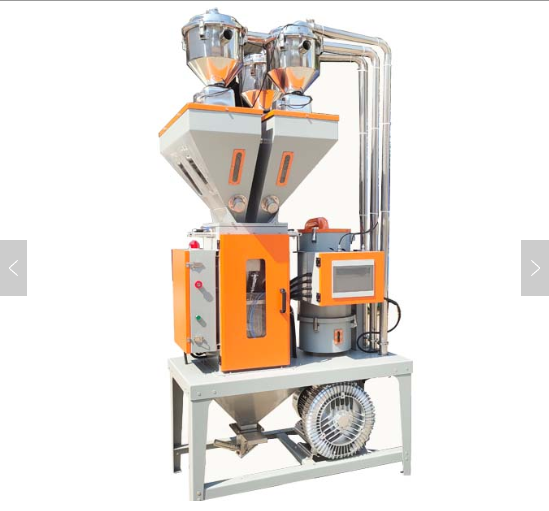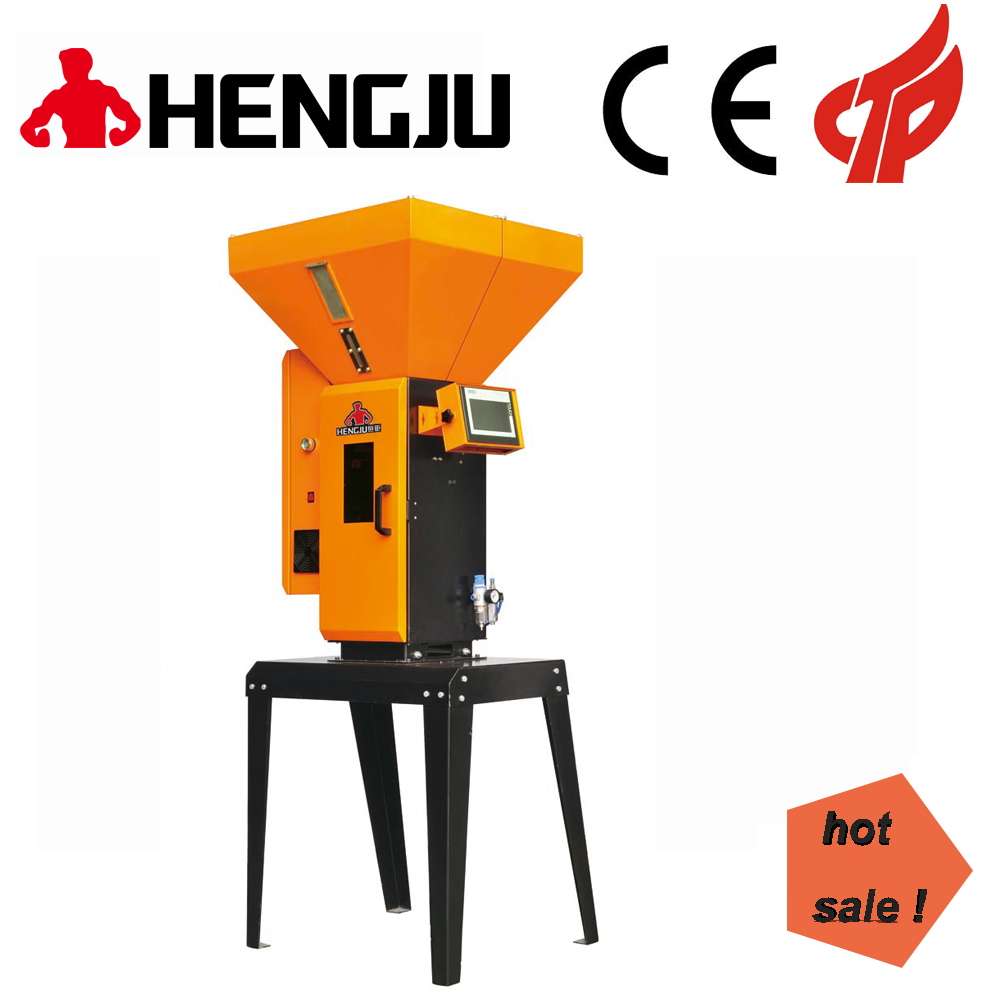Many people may know one thing about the dehumidification dryer, and may be clear about its purpose. If we want to use such equipment better, we should know more about it.
1. Water vapor pressure and relative humidity
Although the amount of water vapor in the atmosphere is not much, it is an extremely active component in the atmosphere and plays an important role in weather and climate. There are many ways to measure the water vapor content in the atmosphere. People are more concerned about water vapor pressure, absolute humidity and relative humidity in daily life.

Water vapor pressure (e) is the partial pressure of water vapor in atmospheric pressure, measured in hectopascals like air pressure. In the past, air pressure and water vapor pressure were often measured in millimeters of mercury column, 1 hPa = 0.75008 mm mercury column. The partial pressure when the water vapor in the air reaches saturation at a certain temperature is called the saturated vapor pressure (E). The saturated water vapor pressure increases rapidly with the increase of temperature.
Absolute humidity (a) refers to the mass of water vapor contained in a unit volume of humid air, that is, the density of water vapor in the air, in units of g/cm3 or kg/m3. The absolute humidity is not easy to measure directly, and the actual use is relatively small. If the unit of water vapor pressure is hectopascals and the unit of absolute humidity is kg/m3, the relationship between the two is: where T is temperature.
2. Relative humidity
At the same temperature, the ratio of water vapor content to saturated water vapor content in the air.
Detailed explanation: The relative humidity of humid air with pressure P and temperature T refers to the ratio of the mole fraction of water vapor in the given humid air to the mole fraction of saturated water vapor on the surface of pure water at the same temperature T and pressure P. The percentage is expressed.
Relative humidity is the ratio of two pressure values: %RH = 100 x p/ps
Here p is the actual partial pressure value of water vapor in the surrounding environment; ps is the saturation pressure value of the water in the surrounding environment. The relative humidity sensor is usually calibrated at standard room temperature (above 0 degrees). Correspondingly, usually It is believed that this sensor can indicate the relative humidity under all temperature conditions (including those below 0 degrees), and the vapor pressure produced by ice is lower than that of liquid water. Therefore, when liquid water is in the form of ice, condensation will occur when the relative humidity is below 100%.
3. Relative humidity balance
The hygroscopic substance will do its best to maintain the balance between its own humidity and the humidity of the surrounding environment. The water in the substance generates vapor pressure (PM) on its surface, and the water in the surrounding atmosphere also generates vapor pressure (P). If PM and P are the same, the substance has achieved a relative humidity balance with its environment. Any difference between PM and P will produce humidity exchange, which will result in changes in the moisture content of the substance until the relative humidity balance is reached. Therefore, the relative humidity balance of a substance is defined as the relative humidity in the surrounding atmosphere that does not cause moisture exchange. (The humidity of the atmosphere must be greater than the humidity of the material)
|




